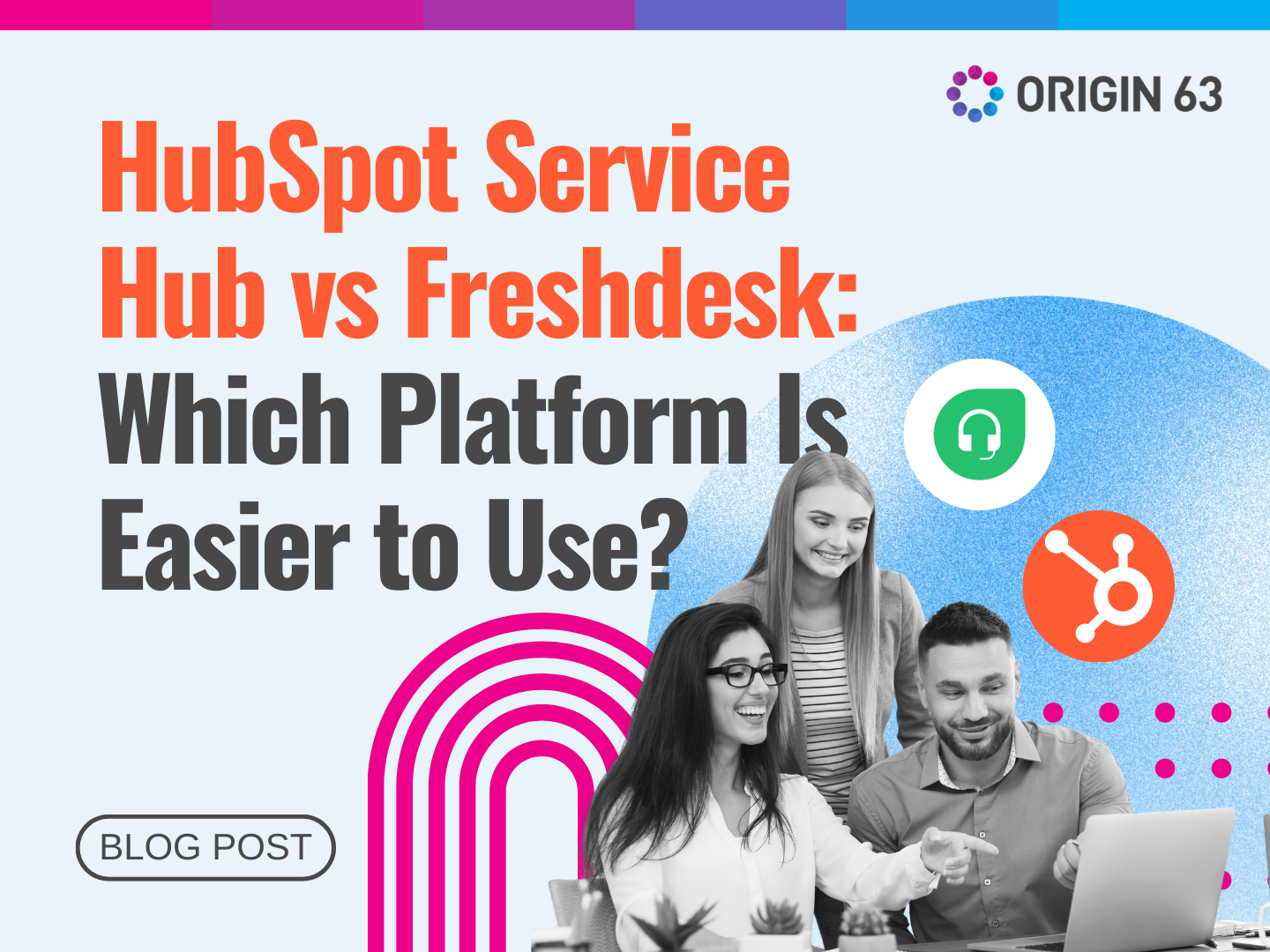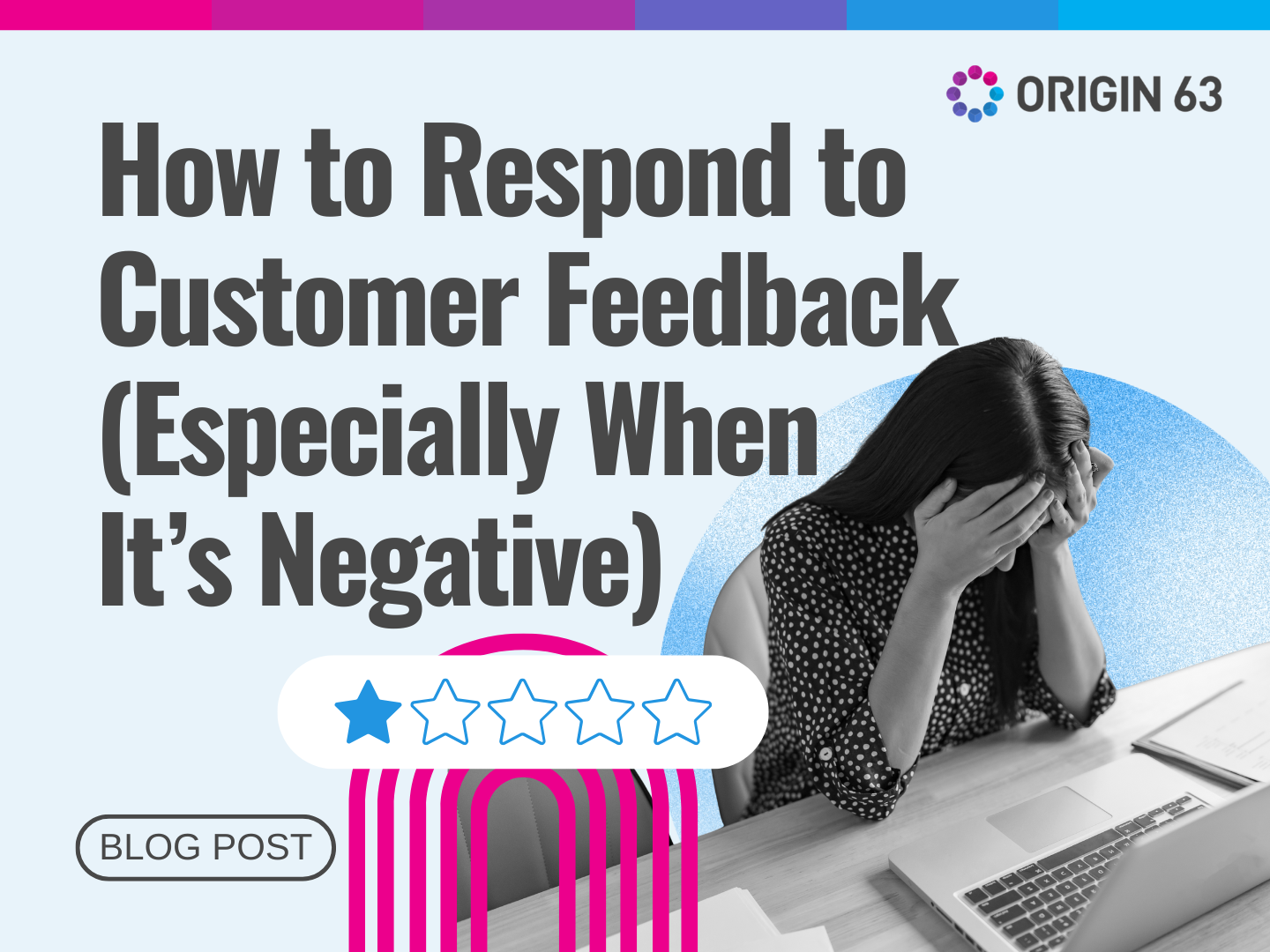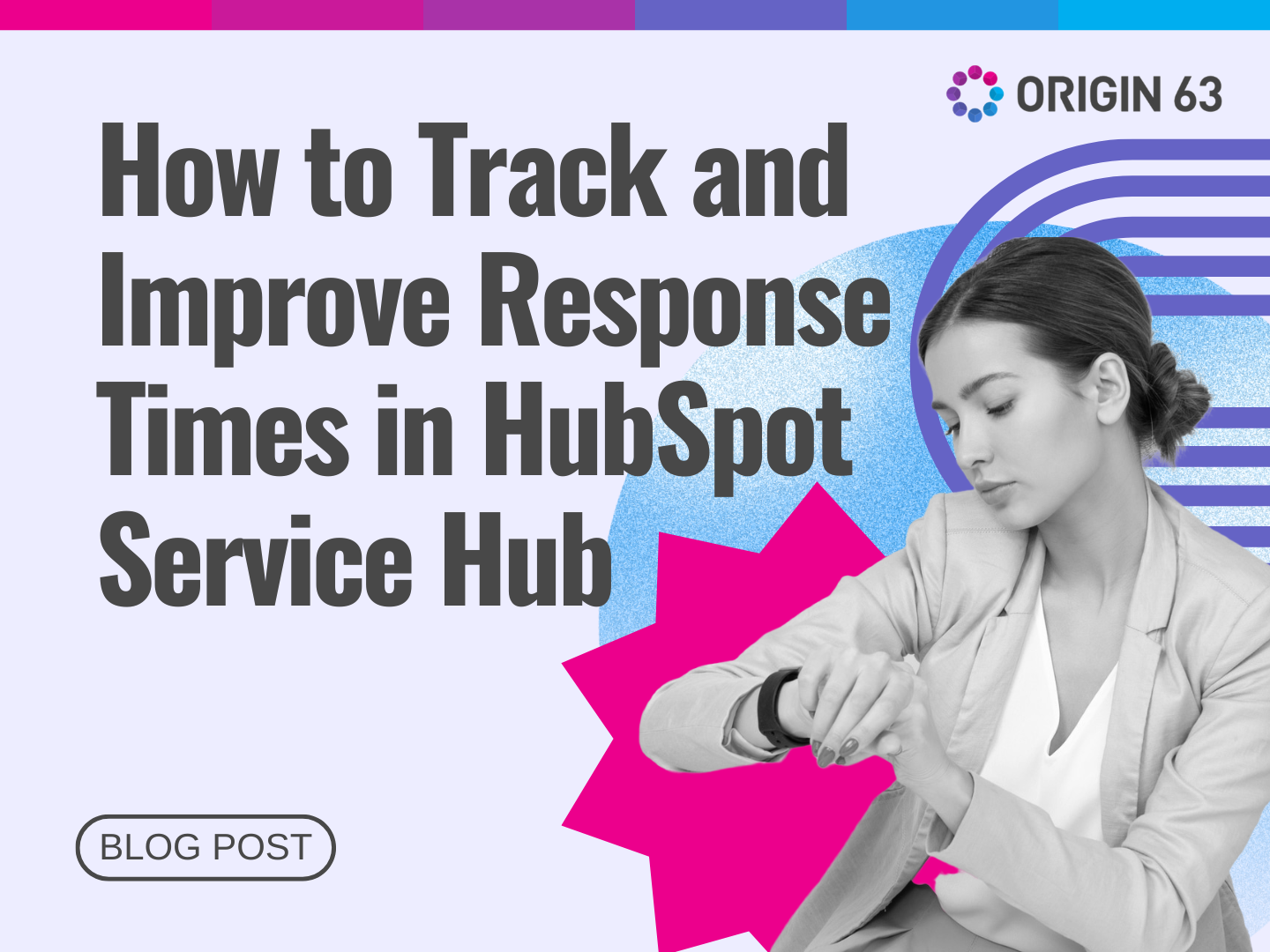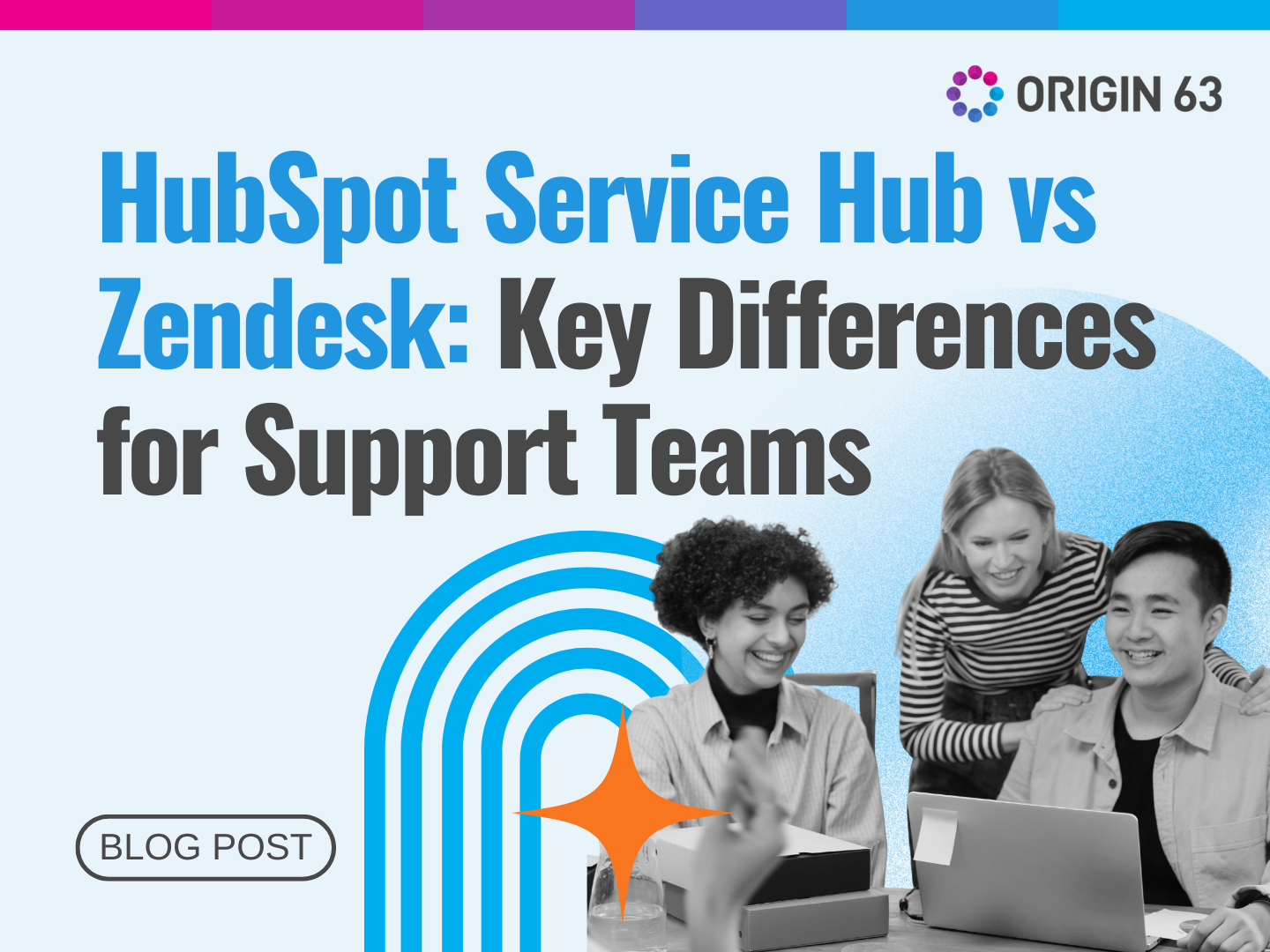Moving from Salesforce to HubSpot is a great opportunity, but it’s also easy to get wrong. Many teams run into trouble when they carry over messy data, skip important steps, or try to make HubSpot work like Salesforce.
This blog breaks down the most common mistakes people make during a Salesforce to HubSpot migration and shows you how to avoid them. Whether you’re in RevOps, sales, or leadership, this is your chance to not just move systems, but make them better.
Why Migrate from Salesforce to HubSpot?

Salesforce is powerful but it can also feel heavy, complex, and expensive. Many teams find themselves spending more time managing the system than using it. That’s where HubSpot comes in.
HubSpot offers a cleaner, easier-to-use CRM that’s built for growing teams. It combines marketing, sales, and service tools in one place, so your team can work faster, stay aligned, and focus on the customer, not the software.
If you’re looking for a system that’s simpler to manage, quicker to train on, and more flexible for everyday work, HubSpot is a smart choice.
91% of companies with more than 11 employees now use a CRM to stay organized and grow smarter. But the benefits only show up if you migrate the right way.
8 Common Pitfalls & How to Avoid Them
Migrating from Salesforce to HubSpot can unlock faster workflows, better visibility, and a more modern CRM experience, but only if it’s done right.
Too often, teams rush the migration or treat it like a simple data transfer. The results are broken automations, messy records, confused users, and lost opportunities.
To help you avoid that outcome, here are eight of the most common mistakes we’ve seen—and practical ways to prevent them:
1. Migrating Unused or Dirty Data
One of the most common mistakes is moving everything from Salesforce without checking if it’s clean or useful. That includes old leads, duplicate contacts, empty fields, and inconsistent formatting.
Messy data creates confusion and slows your team down. It also makes automation, reporting, and segmentation harder to use in HubSpot.
30% of small businesses say data migration is one of the hardest parts of adopting a new CRM—and much of that challenge starts with poor data hygiene.
How to avoid it:
- Do a full audit of your Salesforce data before exporting anything.
- Remove outdated or inactive contacts and standardize fields like job titles and phone numbers.
- Keep only what’s still relevant to your current sales, marketing, and service goals.
- Treat the migration as a cleanup opportunity—not just a copy-paste job.
2. Poor Field Mapping and Object Misalignment

Field mapping sounds simple, until it isn’t. Salesforce and HubSpot use different structures, especially when it comes to custom fields and objects. If your mapping is incomplete or mismatched, you’ll end up with broken records, missing data, or processes that just don’t work.
For example, what was once a custom object in Salesforce may need to become a custom property, ticket, or workflow in HubSpot. If you don’t catch that early, teams could lose critical visibility into things like contract terms, onboarding tasks, or deal stages.
How to avoid it:
- Create a detailed field mapping document before migration. Include field names, data types, and expected behaviors.
- Review HubSpot’s object model and plan how each field or object will translate.
- Migrate a sample set of data first to test associations and formatting.
- Bring in key stakeholders from sales, marketing, and CS to confirm what data they need to see—and how they expect to use it.
3. Underestimating Customization Differences
Salesforce is extremely flexible, and many companies build complex automations, custom objects, and multi-step flows to match their internal processes. HubSpot, while powerful, takes a different approach: it favors simplicity and ease of use over deep customization.
If you try to recreate your entire Salesforce setup in HubSpot, you’ll likely hit limitations or end up with a clunky experience. Worse, you’ll miss the chance to simplify things and streamline how your team works.
How to avoid it:
- Take time to understand how HubSpot handles automation, custom objects, and field dependencies.
- Don’t try to replicate everything exactly. Instead, ask: “What’s the simplest way to solve this in HubSpot?”
- Reimagine your processes to fit HubSpot’s strengths—especially if some of your Salesforce setup was over-engineered or outdated.
4. Not Migrating Activity History
Your team needs context to do their job well. That means seeing past emails, call notes, meetings, and tasks attached to contacts, companies, or deals.
But during migration, this activity history is often skipped, either because it’s hard to move or someone assumes it’s “not critical.”
In reality, missing activity history can cause major problems. Reps might follow up without knowing what’s already been said. Customer success might miss key details from onboarding calls. And worst of all, your team may stop trusting the CRM because it feels incomplete.
8% of companies say invalid or incorrect data is one of their biggest CRM challenges, and lost activity history falls squarely in that category.
How to avoid it:
- Work with tools or partners that can help migrate historical timeline activities, not just contact fields.
- Prioritize migrating at least the last 12–18 months of notes, emails, and tasks.
- Spot-check associations to make sure activity logs are tied to the right records in HubSpot.
- Preserve context so your team can keep conversations moving forward—not start from scratch.
5. Incomplete Stakeholder Alignment

A CRM migration affects multiple teams—sales, marketing, RevOps, customer success—but many migrations fail because these teams don’t align on goals, priorities, or workflows. What matters to one team might be overlooked by another.
For example, if marketing needs to track lifecycle stages but sales skips those fields, reporting breaks. Or if CS needs a certain property for onboarding handoff but no one mapped it, the experience falls apart.
This kind of misalignment leads to confusion, rework, and low adoption. And adoption is everything. 70% of CRM projects fail, and poor usage is the top reason.
How to avoid it:
- Bring in team leads from each department early in the process.
- Document what each team needs to keep, track, and report on.
- Agree on shared goals, key fields, and handoff rules.
- Assign a point person to help resolve cross-team conflicts and keep decisions moving.
6. Ignoring Lifecycle Stage & Lead Routing Logic
Your CRM doesn’t just store records, it powers how leads flow through your pipeline. If you skip reviewing your lifecycle stages and lead routing rules, you risk breaking the handoff between teams, delaying responses, or missing leads altogether.
Salesforce might have complex logic built in, MQL triggers, round-robin assignment, lead status updates. HubSpot can handle much of this too, but the setup is different.
If you don’t rework the logic for HubSpot’s workflows and properties, leads can easily fall through the cracks.
How to avoid it:
- Document your full lead flow before migration—how leads qualify, when they convert, and how they’re routed.
- Rebuild that logic in HubSpot using lifecycle stages, lead scoring, and automation.
- Run test scenarios before go-live to confirm leads move properly and reps get notified on time.
- Keep it simple at first. You can always add more complexity later—just make sure the basics work well.
7. Inadequate User Training & Change Management
Even with a perfect migration, your system won’t succeed if your team doesn’t know how to use it. Many companies make the mistake of focusing only on the technical setup, and forget to invest in training, documentation, or change support.
That’s a huge risk. New systems often come with new terms, steps, and ways of working.
Without proper guidance, people get frustrated, use the CRM the wrong way, or abandon it altogether. The system then gets blamed for problems that are actually tied to poor rollout.
And it’s more common than you’d think. 43% of CRM customers use fewer than half of the features in their CRM. That means even well-built systems often go underused, simply because teams aren’t set up to succeed.
How to avoid it:
- Start with live, role-specific training that shows each team how to do their daily work in HubSpot.
- Create quick guides and short videos for ongoing reference.
- Appoint internal “HubSpot champions” who can answer questions and help others adapt.
- Keep listening after go-live—schedule check-ins to collect feedback and tweak as needed.
Good training builds confidence. And confident teams actually use the tools you worked so hard to set up.
8. Skipping Post-Migration Optimization

A lot of teams breathe a sigh of relief once the migration is done, and then they stop. But going live isn’t the finish line. It’s the start of the next phase: optimization.
Even with the best plan, things come up once your team starts using the system in real time. You might notice reports are missing key data.
Automation might not behave as expected. People might be misusing fields or creating workarounds. That’s normal—but if no one’s checking in, these small issues grow into big problems.
How to avoid it:
- Schedule a post-migration review 2–4 weeks after go-live.
- Ask each team what’s working, what’s confusing, and what’s missing.
- Track adoption metrics—who’s logging in, using workflows, and filling in fields.
- Make small updates to clean up friction, improve reports, and support team needs.
A CRM is never truly “done.” But with a little post-migration care, it can go from “this feels new” to “this works for us” very quickly.
A Smooth Migration Starts with Avoiding Common Mistakes
Switching from Salesforce to HubSpot isn’t just a tech project, it’s a chance to clean house, simplify your systems, and build something that actually works better for your team.
Avoiding the most common pitfalls—from messy data to missed training—sets you up for long-term success. A thoughtful migration leads to faster adoption, clearer workflows, and a CRM your team can rely on.
Take your time. Get input from across the business. And remember: every step you take to plan and align now saves you hours of fixing later.
Want the Full Migration Playbook?
Download the complete Salesforce to HubSpot Migration Guide to get everything you need for a smooth transition—detailed checklists, expert-backed strategies, and step-by-step guidance for avoiding costly mistakes.
Whether you’re leading the migration or supporting the rollout, this guide will help you plan smarter, migrate cleaner, and get your team up and running faster in HubSpot.














.png?width=90&height=90&name=Arrows%20Partner%20Badge-test%20(1).png)

